Gardening for birds – some local models
By Kathy Kramer
In a charming New York Times article several years ago called The Chickadee’s Guide to Gardening, Douglas Tellamy wrote, “Chances are, you have never thought of your garden… as a wildlife preserve that represents the last chance we have for sustaining plants and animals that were once common throughout the U.S. But that is exactly the role our suburban landscapes are now playing and will play even more in the near future.
“What will it take to give our local animals what they need to survive and reproduce on our properties? NATIVE PLANTS, and lots of them.”
In fact, a pair of chickadees needs 350 to 570 caterpillars every day for sixteen days to raise a family, according to Tellemy! And it’s native plants that provide this kind of food source, while most non-natives do not.
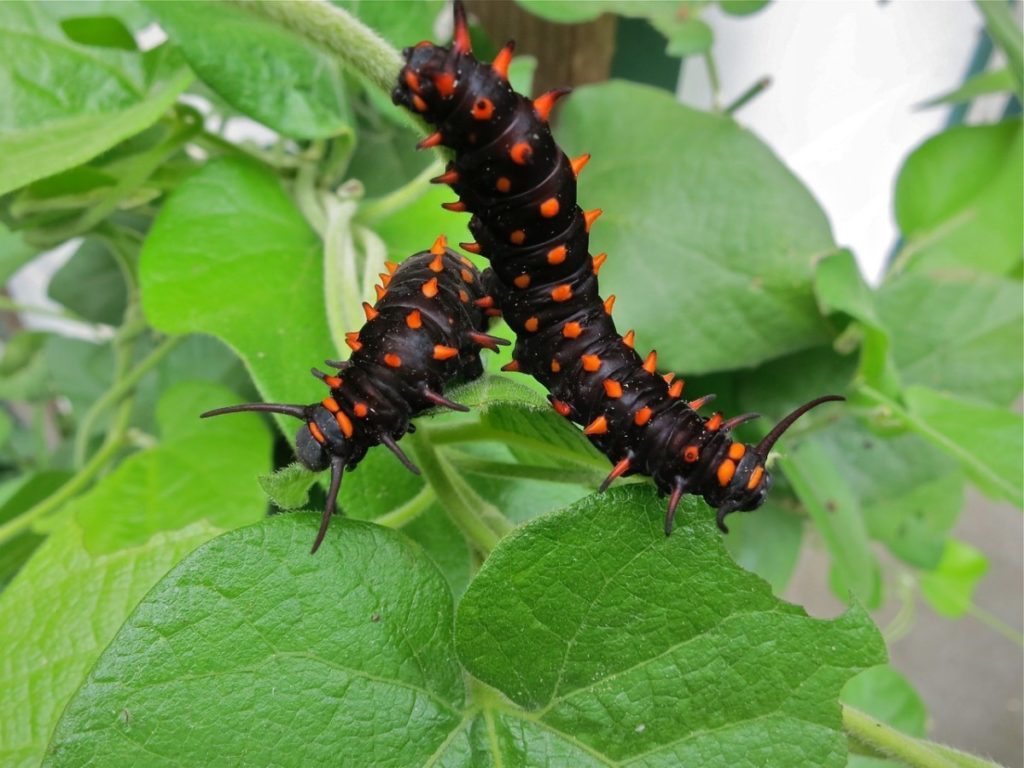
Here in the Bay Area, we have an outstanding resource for people who want to create bird-friendly gardens — the annual Bringing Back the Natives Garden Tour.
Coming up on Sunday, May 7th, the tour will showcase how East Bay gardeners have attracted birds to their yards. This award-winning, self-guided tour features 40 beautiful Alameda and Contra Costa County gardens that are pesticide-free and water-conserving, provide habitat for wildlife, and contain 60 percent or more native plants.
Below are descriptions of some of the gardens that have been particularly successful at attracting birds, along with a tip from each host for attracting our winged friends.
Glen Schneider’s garden, Berkeley

Tip: Garden with local native plants.
Berries, seeds, nuts, nectar, pollen, nesting areas, and shelter are amply provided, and there is no deadheading in this wildlife- and insect-friendly local native plant garden. More than 90 species of local native plants have attracted 46 species of birds, 12 species of butterflies, and over 200 species of insects and spiders to the garden.
Garden Talk at 11 a.m. and 2 p.m.: How to create a wildlife habitat garden using local native plants, by Glen Schneider
Merle Norman and Curtis Beech’s garden, Richmond
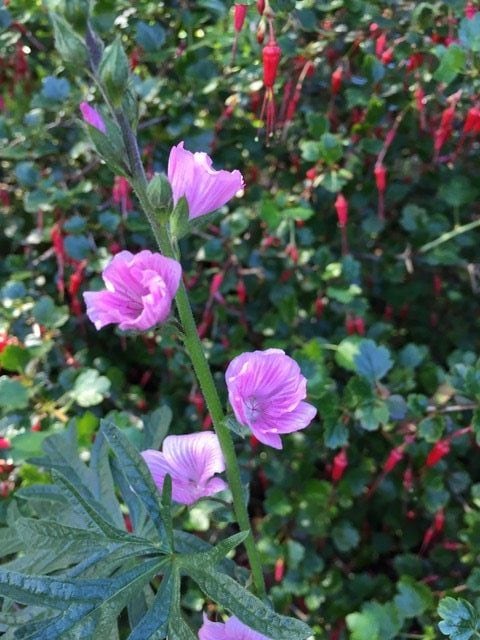
Tip: Have some plants in bloom most of the year.
A bird bath (protected from cats by a large sill), feeders, nesting boxes, brushpiles and snags, in addition to the seeds, berries, and the pollen and nectar sources, have made this garden a haven for the nearly 50 species of birds that have been seen in or above the garden. Chickadees nest in the garden.
Pat Rudebusch’s garden, Orinda

Tip: Provide shelter for wildlife with a diversity of plant heights and types.
Quail parents and their chicks forage for seeds among the grasses in the front garden. Four species of woodpeckers, flickers, and many other types of birds are drawn by the water, seeds, and nectar provided in the garden, and the feeders (suet, mealworm, and nyjer seed). In order to protect birds, the family cat is kept indoors. More than thirty species of birds have been seen in or above the garden. Juncos nest in the front yard and a Great Horned Owl lives in the back yard, calling to its friends in the evening.
Garden Talk at 12 noon: How to garden for the birds and the bees, by Pat Rudebusch.
Al and Barbara Kyte’s garden, Moraga
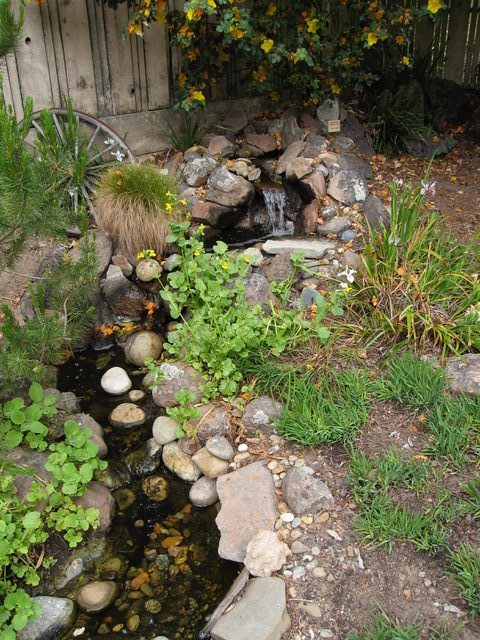

Tip: Provide water and a wide variety of nesting sites, cover, and feeding options.
Bird baths and feeders, nesting houses, a shallow stream riffle, brush piles, dust bath areas, and abundant plant cover have attracted over 90 species of birds, including thrashers, tanagers, and Black-throated Gray Warblers. See Al’s Strategy For Attracting Birds for more information.
Bob and Stephanie Sorenson’s garden, Orinda
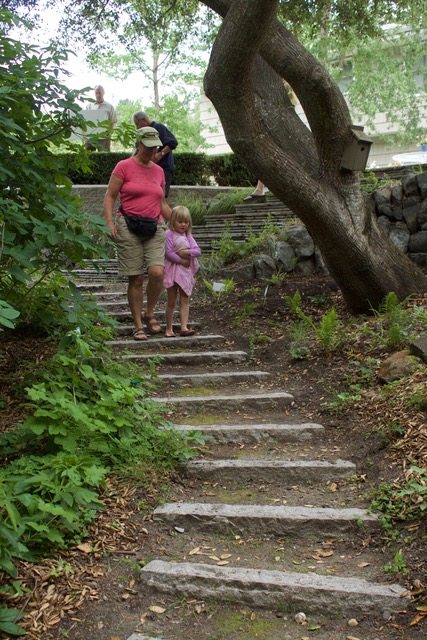
Tip: Garden with local native plants.
Over the last 20 years Bob transformed a “sea of weeds” into a beautiful local native plant garden containing 150 species of local native plants. Birds seen in the garden include Cooper’s Hawks, Cedar Waxwings, Bullock’s Orioles, California Quail, Yellow-rumped Warblers, Northern Flickers, Nuttall’s Woodpeckers, Red-breasted Sapsuckers, and Western Screech Owls.
Garden walks at 10 a.m. and 2 p.m., led by birder Michael Strom.
Nancy Wenninger’s garden, Walnut Creek
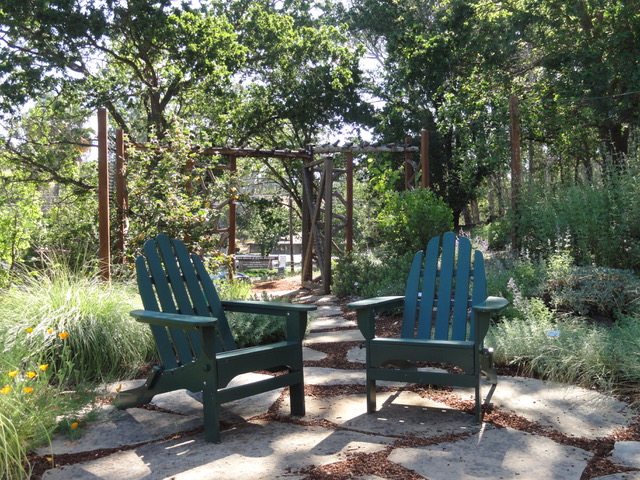
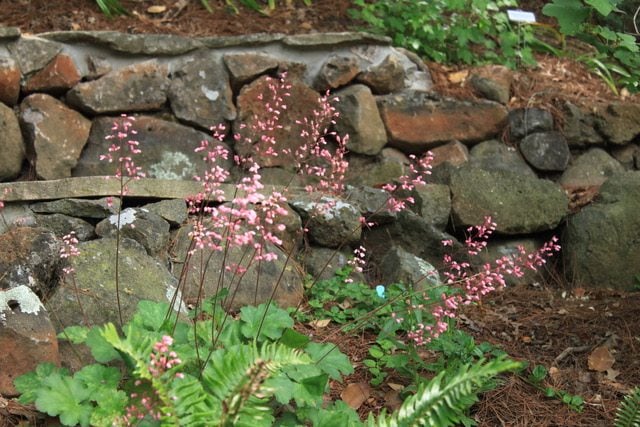
Tip: The single most important thing you can do to attract birds is to provide water.
This beautiful native plant garden, designed by Kat Weiss of Kat Weiss Landscape Design, was created to attract birds—and it does! More than 90 species of birds have been seen in Nancy’s garden, drawn by the diversity of plant heights, the water features, and the bounty of nectar, seed, and fruit-bearing plants.
Garden talk at 12 noon and 3 p.m.: Gardening for the birds, by Nancy Wenninger
The thirteenth annual Bringing Back the Natives Garden Tour takes place on Sunday, May 7, from 10 a.m. until 5 p.m. Advance registration and a donation of $15 per person are required. For descriptions of all 40 gardens and registration, see bringingbackthenatives.net. Once you’ve registered, you can download a PDF with addresses of all the gardens or purchase a paper copy for $10.
Kathy Kramer, a Golden Gate Bird Alliance member, is founder of the Bringing Back the Natives garden tour. She has been an environmental educator for the past thirty years and founded the Aquatic Outreach Institute (now The Watershed Project). She took her first birding class through GGBA — Beginning Birding with Anne Hoff — and was hooked. Her own native plant garden hosts 30 species of birds: bringingbackthenatives.net/kathy-kramer-and-michael-mays-garden.
